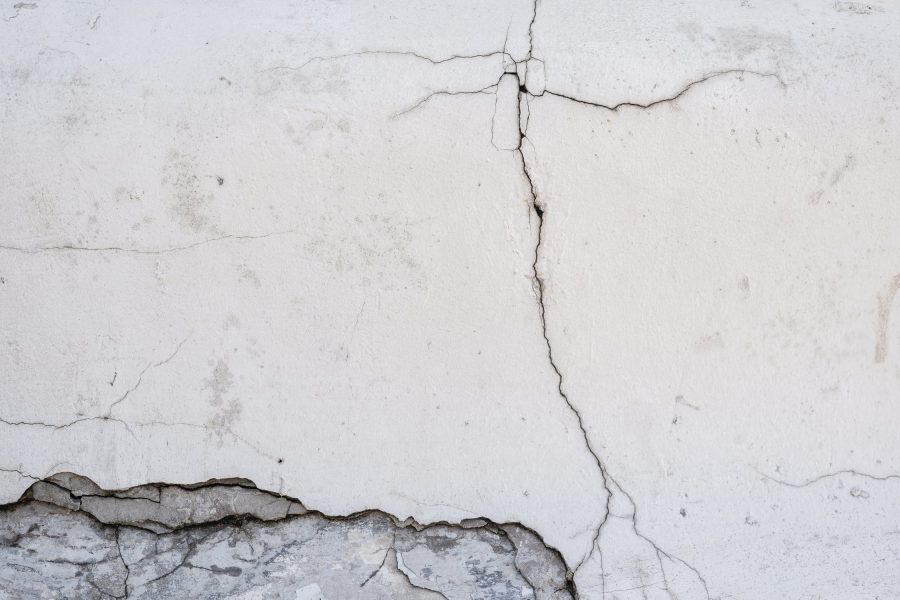Foundation cracks can be a significant concern for a homeowner. However, there is no need to panic. A crack is not necessarily a structural crack, and even a foundation crack does not mean the home is unsafe, nor does it mean the house has foundation problems. A crack in your home could simply be a sign that the home has structural issues.
If you are concerned about cracks in your home, taking the time to understand what caused them is important. If you were worried enough to search for a solution, then you could rest easier if you get the cracks inspected by a foundation repair company. This is important because some structural damages can only be identified by experienced professionals.
To help you understand the general types of cracks and which are structural and which aren’t, we’ve put together this guide to explain structural and nonstructural cracks.
Non-Structural Vs. Structural Foundation Cracks
The easiest way to explain a structural crack is to say the crack is the result of foundation movement. On the other hand, nonstructural cracks are caused by concrete shrinkage that comes from concrete curing. So structural damage can threaten your property and the structural integrity and nonstructural cracks do not. If you notice a wall cracking in your home, take the time to thoroughly identify it. If it looks like the crack will become an issue, look for someone who can help you.
Nonstructural Cracks
So, the nonstructural foundation crack does not threaten the building structure, and it is caused by concrete shrinking from heat or cold. However, that doesn’t mean they are nothing to worry about. These types of damages to your home can let water in, and it is the water that can cause damage to the structure.
Usual Characteristics of Non-Structural Damage
These cracks are usually very narrow, not more than 1/10 inch wide. You should always keep them under observation to ensure they don’t get bigger. Sometimes these cracks can be vertical and go from the top of the wall to the floor. At other times it might just be a small hairline crack in one cinder block.
Structural Cracks
This crack threatens the building’s structure and its integrity. These are cracks in concrete foundation walls. These cracks are typically wider than nonstructural cracks and are usually wider on one end and typically grow with time. Stair step cracks are also an indication of structural damage. Other indications are horizontal lines in walls or even several vertical cracks that sit next to each other.
Another sign of structural foundation damage is a large diagonal crack or cracks starting in the ceiling and running down the wall. If you notice any of these lines or breakages in the walls or foundation, you really need to call in a foundation repair specialist to do a foundation inspection.

